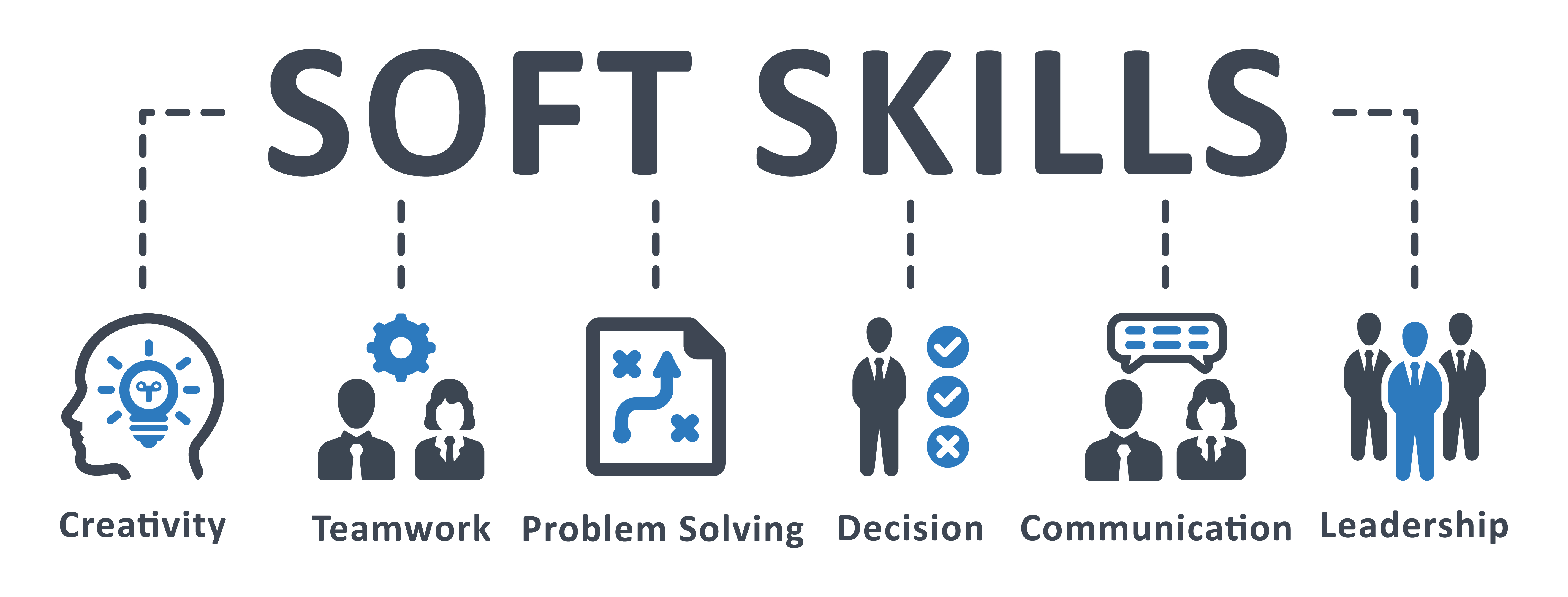Published - Mon, 18 Dec 2023

The Power of Soft Skills: How Communication and Teamwork Can Boost Your Tech Career
In the fast-paced world of technology, where lines of code and complex algorithms often take the spotlight, it's easy to overlook the significance of soft skills. However, the truth is that communication and teamwork are not just complementary skills but powerful catalysts for success in the tech industry. Let's delve into how honing these soft skills can elevate your tech career to new heights.
1. Bridging the Gap: Communication in Tech
Effective communication is the cornerstone of any successful venture, and the tech industry is no exception. Whether you're explaining a technical concept to a non-technical stakeholder or collaborating with fellow developers, clear and concise communication is key.
Tips for Improving Communication:
Practice Active Listening: Truly understanding your team's needs and concerns is the first step to effective communication.
Adapt Your Message: Tailor your communication style to your audience, whether it's a fellow developer or a client.
2. Fostering Innovation through Collaboration
Tech projects are rarely solo endeavors. They often require collaboration among team members with diverse skills and backgrounds. Strong teamwork not only enhances the quality of the final product but also fosters an environment where innovation can thrive.
Ways to Enhance Teamwork:
Encourage Open Dialogue: Create a culture where team members feel comfortable sharing ideas and providing constructive feedback.
Celebrate Diversity: Embrace diverse perspectives within your team; it can lead to more innovative solutions.
3. Navigating Complex Projects with Emotional Intelligence
In the intricate web of technology projects, challenges and conflicts are inevitable. This is where emotional intelligence comes into play. Understanding your own emotions and those of your team members can lead to better conflict resolution and overall project success.
Developing Emotional Intelligence:
Self-awareness: Understand your strengths, weaknesses, and emotional triggers.
Empathy: Put yourself in the shoes of your team members to better understand their perspectives.
4. Client Relations: Turning Technical Jargon into Understandable Insights
For many tech professionals, interacting with clients or end-users is part of the job. The ability to translate technical jargon into language that clients can understand is a valuable skill that can set you apart.
Effective Client Communication:
Use Analogies: Relate technical concepts to everyday experiences to make them more accessible.
Provide Regular Updates: Keep clients informed about project progress, challenges, and solutions in a transparent manner.
5. Adapting to Change: Flexibility in the Tech Landscape
The tech industry is known for its rapid evolution. Being adaptable and open to change is crucial for staying relevant and thriving in this dynamic environment.
Cultivating Adaptability:
Continuous Learning: Stay updated on the latest industry trends and technologies.
Embrace Challenges: View challenges as opportunities for growth and improvement.
Beyond the Code: Your Soft Skills Advantage
Technical skills are undeniably important, but they're just the tools. Soft skills are the magic touch that turns those tools into masterpieces. By investing in communication, teamwork, emotional intelligence, client relations, and adaptability, you'll not only unlock your own career potential but also become a vital force in shaping the future of tech. So, go forth, embrace the power of soft skills, and watch your tech career take flight!
Created by
Comments (0)
Search
Popular categories
Information Technology
103Career
46Entertainment
12Education
3Latest blogs
 (1).png)
The Cyber Resilience Blueprint: Six Strategies for a Secure Future
12 Hours Ago
 (27).png)
Outsmart Cyber Threats: How to Think Like a Hacker (And Stay Safe in 2025)
5 Days Ago
.png)
Cybersecurity 2025: The Definitive Guide to Safeguarding Your Digital Future and Building a Thriving Career
6 Days Ago

Write a public review